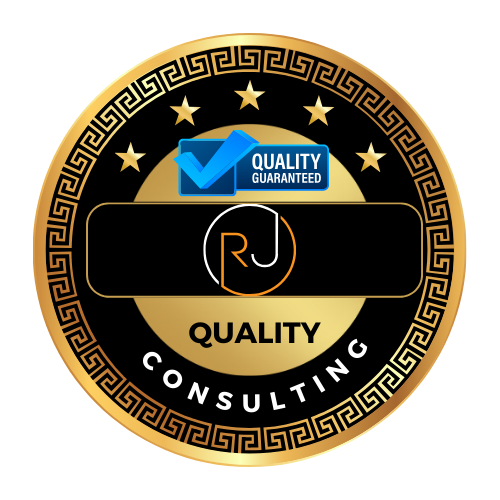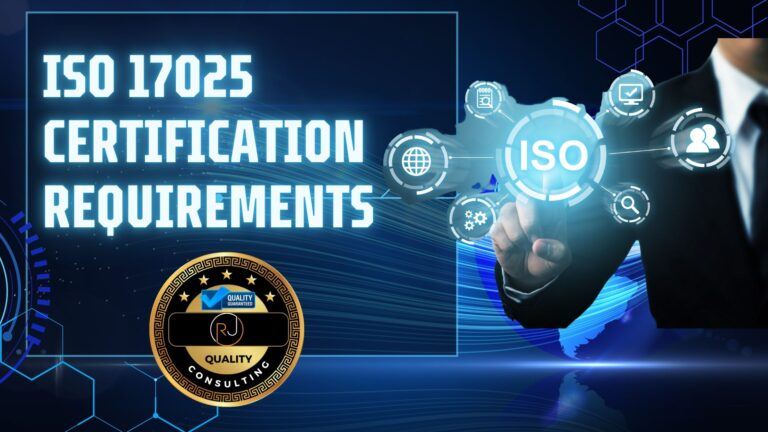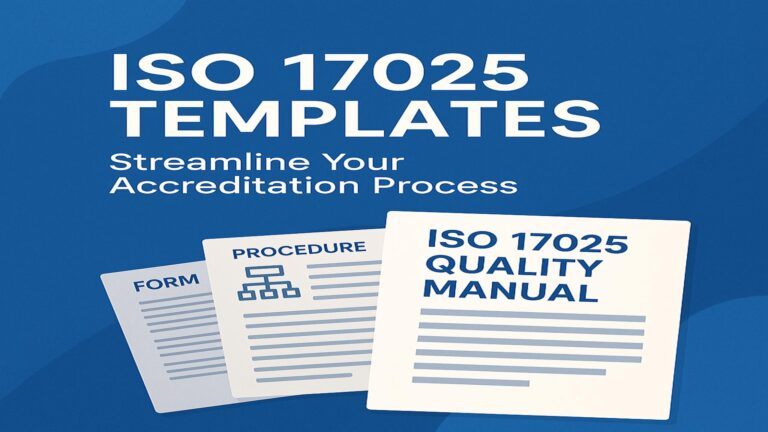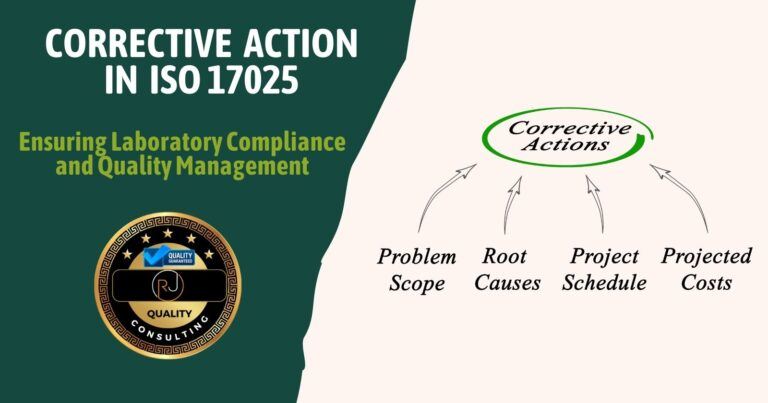ISO 17025 Calibration Certificate Requirements: A Comprehensive Guide to Section 7.8
In the world of calibration laboratories, the credibility of your results and the trust of your clients hinge on more than just technical expertise. Documenting calibration activities accurately and transparently is essential, and at the heart of this process lies the calibration certificate. For laboratories accredited to ISO/IEC 17025, understanding and adhering to the ISO 17025 Calibration Certificate Requirements, especially those found in Section 7.8—is fundamental to demonstrating competence, ensuring traceability, and maintaining global recognition.
Prefer video? Watch the walkthrough below
ISO/IEC 17025 Implementation Masterclass
Complete documentation + step-by-step training to get your lab accreditation-ready with confidence.
What you get (features)
- Customizable Quality Manual aligned to ISO/IEC 17025
- All required policies & procedures with matching forms/templates
- 7 training modules (Clauses 4–8, internal audit & management review)
- 20-question quiz + certificate of completion
- Clear instructions on tailoring documents to your lab
Why it matters (benefits)
- Implement faster with proven, audit-ready templates
- Train your team consistently and reduce nonconformities
- Show competence to assessors with documented training & certificate
- Confidently prepare for internal & external audits
- Move from “paper compliance” to a working quality system
In this blog post, we’ll explore the ISO 17025 calibration certificate requirements as outlined in Section 7.8 of the standard. Whether you’re a lab manager, quality manager, or lab owner, this guide will help you ensure your calibration certificates meet the expectations of both the standard and your customers.
Understanding the ISO 17025 Calibration Certificate Requirements and Section 7.8
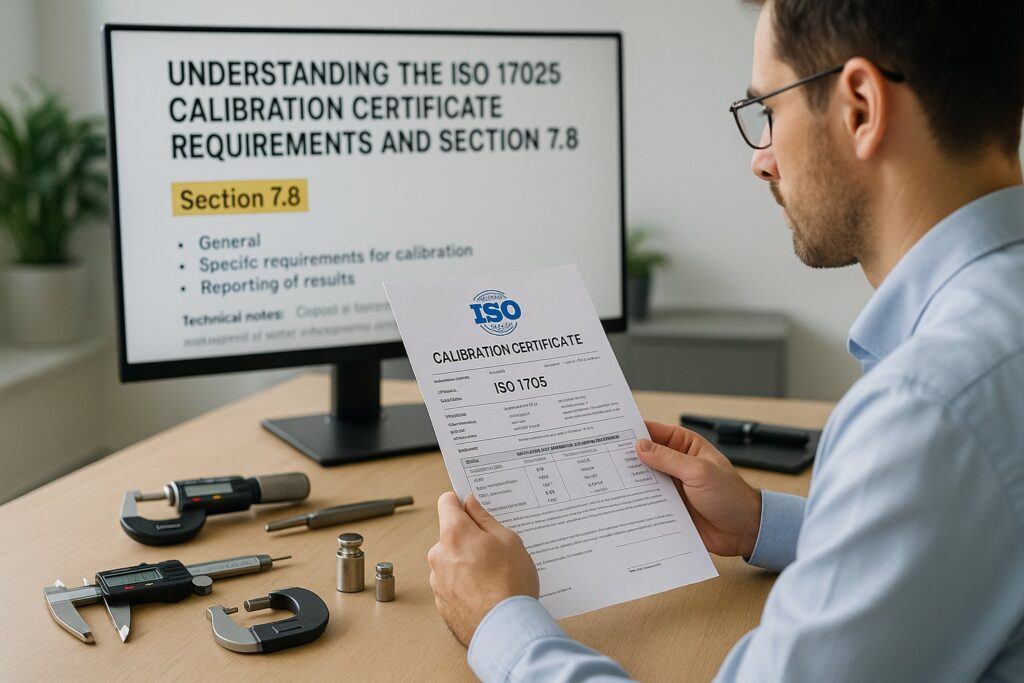
ISO/IEC 17025 is the international standard for the competence of testing and calibration laboratories. It specifies the general requirements for the competence, impartiality, and consistent operation of laboratories. Section 7.8 of the standard, titled “Reporting of Results,” sets out the requirements for how calibration and test results must be reported to ensure clarity, accuracy, and reliability.
For calibration laboratories, the calibration certificate is the primary vehicle for reporting results. Section 7.8.2 and 7.8.4 are particularly crucial, as they detail the minimum information that must be included in calibration certificates and the conditions under which results can be reported.
Why ISO 17025 Calibration Certificate Requirements Matter
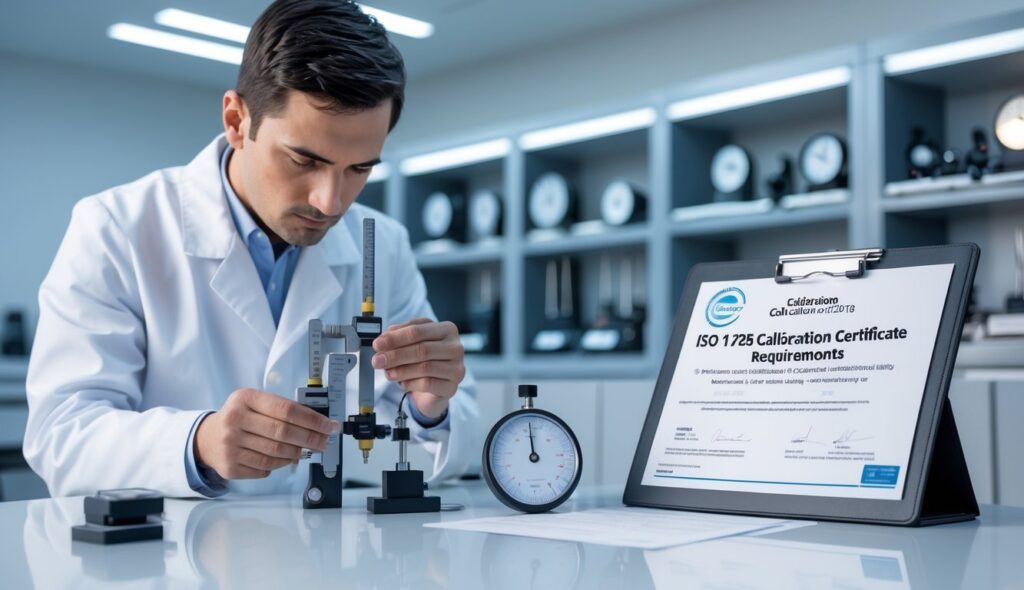
- Evidence of Traceability: They document the traceability of measurements to national or international standards.
- Customer Assurance: They provide customers with confidence in the accuracy and reliability of the calibration performed.
- Compliance: They demonstrate compliance with regulatory, contractual, and accreditation requirements.
A well-prepared calibration certificate reduces the risk of misinterpretation, supports decision-making, and upholds your laboratory’s reputation.
Key Calibration Certificate Requirements in ISO/IEC 17025 Section 7.8
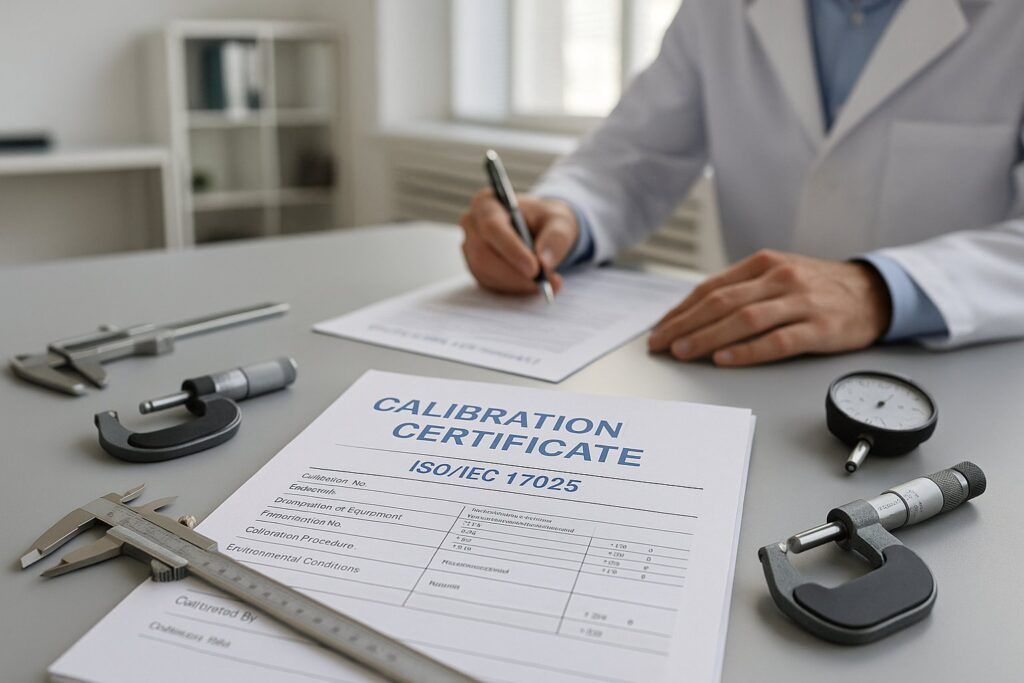
Let’s break down the main requirements for calibration certificates as specified in Section 7.8. While the standard contains general reporting requirements (applying to both test and calibration labs), there are specific provisions for calibration reporting that every laboratory should implement.
1. Clarity, Accuracy, and Objectivity (7.8.1)
All results must be reported clearly, accurately, and objectively. The certificate should be easy to understand and free from ambiguity, ensuring that the recipient can interpret the results without confusion.
2. Minimum Information to Include (7.8.2.1)
- Title: Clearly state that the document is a calibration certificate or report.
- Name and Address of the Laboratory: Your lab’s full legal name and address.
- Unique Identification: A unique identifier for the certificate (e.g., serial number, report number).
- Name and Address of the Customer: The client for whom the calibration was performed.
- Identification of the Method Used: Reference to the calibration procedure or method.
- Description and Identification of the Item(s) Calibrated: Including serial numbers, model numbers, or other unique identifiers.
- Condition of the Item(s): As received and as returned, if relevant.
- Date(s) of Calibration: When the calibration was performed.
- Results with Units of Measurement: All results must be reported with appropriate units.
- Name(s), Function(s), and Signature(s): Of the person(s) authorizing the certificate.
- Statement of Conformity (if applicable): If the certificate includes a statement of compliance or conformity, it must be clearly stated.
3. Specific Requirements for Calibration Certificates (7.8.4)
Section 7.8.4 outlines additional requirements that are specific to calibration certificates. These include:
a) Measurement Results, Including Uncertainty and Units (7.8.4.1 a & c)
- Measurement Results: Report all results with appropriate units.
- Measurement Uncertainty: Every result must be accompanied by a statement of ISO 17025 measurement uncertainty (unless the customer has formally waived this requirement, which is rare and should be documented).
- Units of Measurement: Clearly indicate the units for all reported results.
b) Statement of Metrological Traceability (7.8.4.1 b)
The certificate must include a statement on the measurement traceability of the calibration results. This typically means referencing the standards or reference materials used, and how the results are linked to national or international standards.
c) Conditions of Measurement (7.8.4.1 d)
If results depend on specific environmental or measurement conditions (such as temperature, humidity, pressure), these conditions must be stated.
d) Conformity with Requirements or Specifications (7.8.6)
If the calibration includes a statement of conformity (e.g., “in tolerance” or “complies with specification”), the certificate must clearly state which specification or standard is being referenced, and the decision rule applied (how measurement uncertainty was considered in making the statement).
e) Identification of the Person Authorizing the Report (7.8.2.1 j)
The certificate must include the name, function, and signature (or equivalent) of the person authorizing the calibration certificate.
f) Amendments to Certificates (7.8.7)
Any amendments or corrections to a certificate after issue must be clearly identified as such, with a clear reference to the original certificate, and the reason for amendment.
ILAC P14 — What It Requires on Calibration Certificates
ILAC P14:09/2020 sets a common policy for how accredited calibration labs evaluate and state measurement uncertainty (MU) and how CMC appears on scopes. Key takeaways to reflect on your certificate template:
- Evaluate MU using the GUM approach.
- Show CMC with uncertainty on your scope—clearly tied to measurand, method, and range.
- Use expanded uncertainty at ~95% coverage and keep units consistent with the measurand.
- Report results as y ± U and state the coverage factor k (and the coverage probability).
- Limit U to two significant digits and round only after calculations.
- Include short-term and UUT contributions reasonably attributable during the calibration; expect reported MU to be larger than your CMC.
- Never report MU smaller than the CMC for which you’re accredited.
- Keep units aligned (same unit as the measurand, or an appropriate relative term).
I highly recommend reading the latest version of the ILAC P14 policy on Measurement Uncertainty requirements here.
Best Practices for Compliant Calibration Certificates
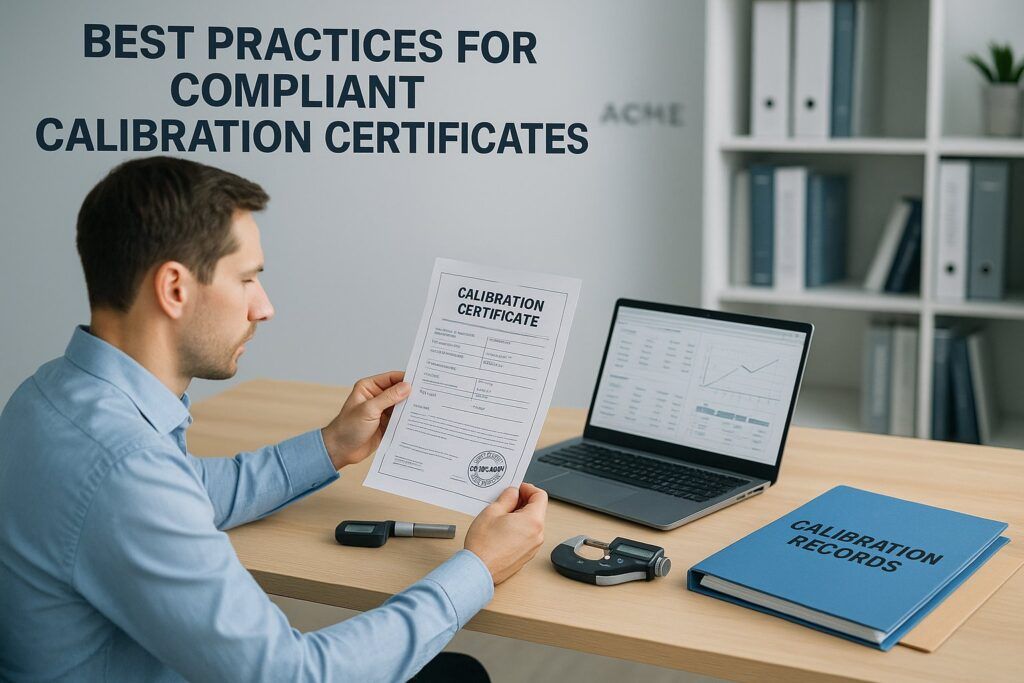
- Use a Standardized Template
Develop a certificate template that incorporates all required elements. Regularly review and update the template to reflect changes in the standard, accreditation body requirements, or customer needs. - Automate Where Possible
Laboratory Information Management Systems (LIMS) and calibration management software can help automate certificate generation, reduce manual errors, and ensure consistency. - Train Your Team
Ensure all relevant staff understand the importance of accurate reporting and are familiar with both the standard and your internal procedures. - Review and Approve Certificates
Implement a review process to catch errors or omissions before certificates are issued. Only authorized personnel should sign and release certificates. - Document Customer Requirements
If a customer requests deviations from standard reporting (such as omitting measurement uncertainty), document this formally and ensure it doesn’t compromise compliance or traceability.
Common Pitfalls to Avoid
- Omitting Measurement Uncertainty: Failing to report uncertainty is a frequent nonconformity during audits.
- Unclear Traceability Statements: Vague or missing statements on traceability can undermine the credibility of your results.
- Incomplete Item Identification: Without clear identification, the certificate may not be valid for the intended item.
- Missing Environmental Conditions: If measurement results are affected by environmental factors, omitting these details can render the certificate misleading.
- Improper Amendments: Corrections must be clearly documented and traceable to the original certificate.
The Role of Accreditation Bodies

Accreditation bodies assess laboratories for compliance with ISO/IEC 17025, including a thorough review of calibration certificates. During audits, they will check for:
- Inclusion of all required information
- Consistency and clarity of reporting
- Proper statements of uncertainty and traceability
- Evidence of review and authorization
Nonconformities in calibration certificates are among the most common findings during accreditation assessments. Regular internal audits and management reviews can help identify and correct issues before external assessments.
Conclusion: Calibration Certificates as a Pillar of Laboratory Quality
Calibration certificates are more than just paperwork—they are a critical component of your laboratory’s quality system, a testament to your competence, and a key factor in customer satisfaction. Adhering to the ISO 17025 calibration certificate requirements outlined in Section 7.8 ensures that your reports are clear, complete, and credible.
By understanding and implementing these requirements, lab managers, quality managers, and lab owners can safeguard their laboratory’s reputation, maintain accreditation, and deliver value to their clients. Make compliance with Section 7.8 a core part of your calibration process, and your laboratory will stand out for its professionalism and reliability.
Further Reading and Resources
- ISO/IEC 17025:2017 Standard
- ILAC P14: ILAC Policy for Measurement Uncertainty in Calibration
- National Institute of Standards and Technology (NIST) – Traceability
Are your calibration certificates fully compliant with ISO/IEC 17025 Section 7.8? If you’re unsure, now is the perfect time to review your templates, train your team, and strengthen your reporting practices. Your customers—and your accreditation—depend on it.
🕒 Book Your Free 45-Minute Consultation
Have questions about ISO/IEC 17025 or ISO 9001 implementation or accreditation? Schedule a free 45-minute consultation with me to discuss your Company or laboratory’s needs and how we can achieve compliance together.
Schedule Your Consultation